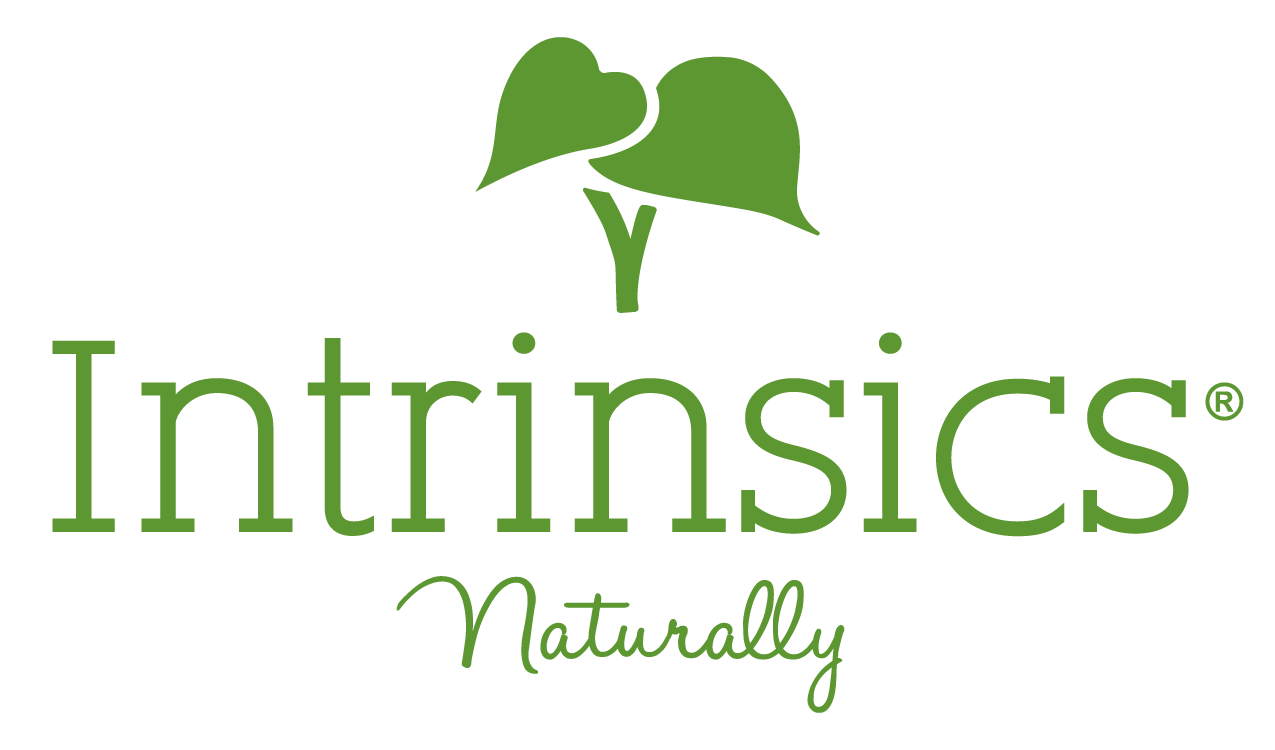Topics: exfoliate, Glycolic acid, glycolic applicator, alpha hydroxy acids, intrinsics glycolic applicator, glycolic treatment, exfoliating acid, exfoliating, chemical peel, Intrinsics, acid peel, AHA, peel, acid, Skin Care, Our Products, exfoliation
exfoliate, Glycolic acid, glycolic applicator, alpha hydroxy acids, intrinsics glycolic applicator, glycolic treatment, exfoliating acid, exfoliating, chemical peel, Intrinsics, acid peel, AHA, peel, acid, Skin Care, Our Products, exfoliation
|
7 Min Read
Glycolic Treatments 101
Related Articles
Put down your razors and clippers, ladies and gents. No-Shave November season is upon us! It’s time to grow your hair and spread some awareness.
Have you been searching for the perfect cleansing towel to use during wax treatments? Whether you do your own waxing or visit a professional at your favorite salon, we can all agree that choosing the ...
Most barbers provide shaving services, so why not include a facial with it? Face treatments are not only a relaxing experience; they also serve a purpose by improving the health and appearance of ...

